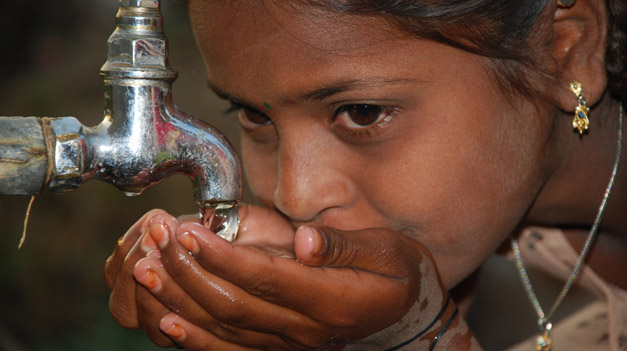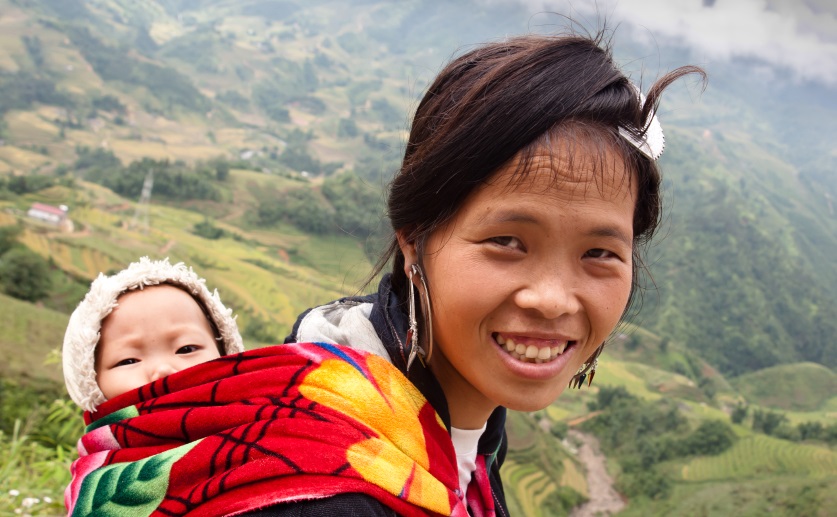Jim has acted as Lenders Adviser for banks and companies auditing performance against international accounting standards, IFC and Equator Principles. He has also delivered world class Environmental, Social and Health Impact Assessments (ESHIA), and delivered contaminated land assessments and remediation strategies across National Oil Company upstream operations.
Recent project experience includes: representing the UK at the IPCC Expert Meeting on fugitive emissions from Shale and CBM; EIA review for an offshore development in the Caspian Sea; auditing sustainability performance in the Canadian Oil Sands; audit of a loans made to PEMEX; assessing sustainability compliance for Australian Coal Bed Methane; and ESHIA of a francophone West African gold mine. Jim is qualified with a NEBOSH General Certificate, IOSH Senior Executive and PRINCE2 Practitioner.











